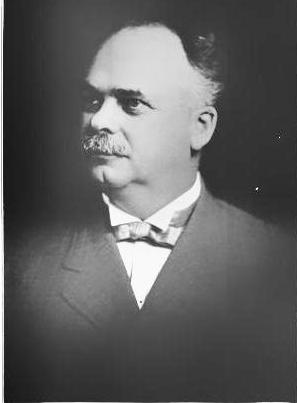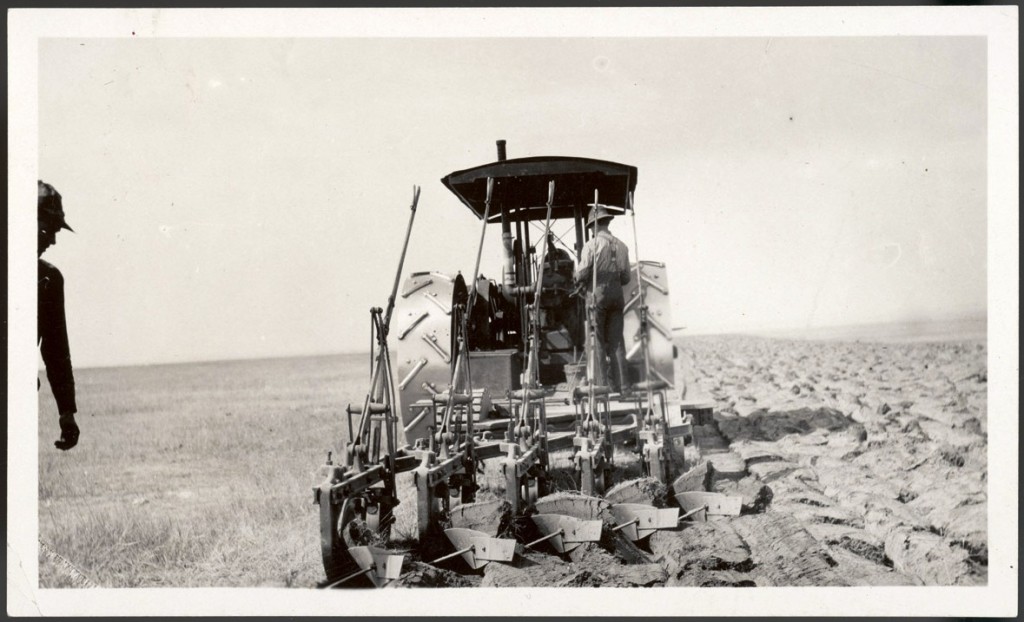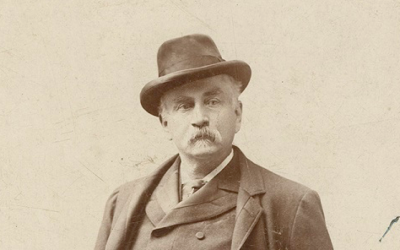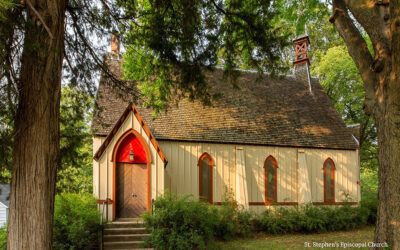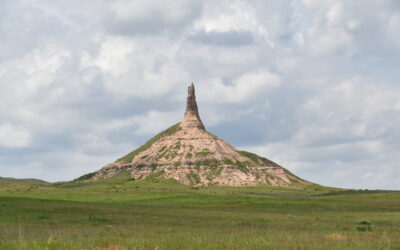When Omaha businessman George H. Payne (1864-1937) formed the Payne Investment Company in the early 1910s, he launched what would become one of the largest colonization efforts in the West. The company’s promotional periodical The Land Owner, “A Journal of Opportunity,” on April 15, 1911, advertised the company’s aim “To Put the Landless Man on the Manless Land.” According to this special Scotts Bluff edition, “Unlimited Water Supply, Fertile Soil and Plenty of Sunshine Makes Scotts Bluff County, Nebraska ‘The American Valley of the Nile.’”
Payne, the founder and head of this colonization enterprise, had moved to Omaha from Iowa in 1885. His rags-to-riches climb up the ladder of commercial success included a career in real estate, and culminated in the presidency of his own investment company. Admiring contemporaries called Payne an empire builder as his company colonized large tracts of land in all parts of the United States, including Scotts Bluff and Morrill counties, Nebraska. The Land Owner (originally called America’s Valley of the Nile) in 1911 advertised: “5,000 Acres of Splendid Irrigated Land . . . Under the Great Tri-State Canal System” to be available for purchase on favorable terms. Glowing descriptions and illustrations of western Nebraska’s climate, housing, and prospective crops such as potatoes, sugar beets, and alfalfa, filled the pages of the 1910 and 1911 issues of The Land Owner. Testimonials of recent settlers in the area were also included.
Prospective land buyers in Nebraska were taken in special excursion trains to view the tracts available for sale and then driven by car through the countryside. The Land Owner advertised the “Payne Special,” which left Omaha for Scotts Bluff and Morrill counties via the Burlington Railroad every Tuesday evening, and invited: “If you are a renter in Eastern Nebraska or Western Iowa we appeal especially to you.” Passengers on the Payne Special slept, ate meals, and lived aboard the train while on their tours of inspection.
Buyers made an initial cash payment for a 40-, 80-, or 160-acre farm and then subsequent payments until the land was paid off. In 1908, the first year a Payne excursion train operated, land prices in western Nebraska paid by purchasers from Payne, ranged from $70 to $80 per acre, including the all-important water rights. As a result of the first excursion 1,840 acres of land were sold for $241,400. Because of settlers brought in by the Payne Investment Company, towns grew up, houses begin to dot the landscape, and schoolhouses and churches appeared.
More information on the development of agriculture in western Nebraska is online at History Nebraska’s website, along with other articles from past issues of Nebraska History magazine. – Patricia C. Gaster, Assistant Editor / Publications

